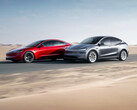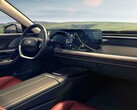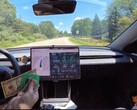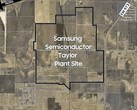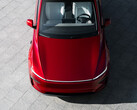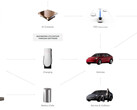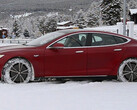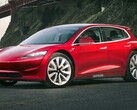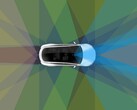Tesla will have to restrict the power of the "spectacular" AI chip it is developing for the next generation HW5 computer that will enter mass production towards the tail end of 2026.
The Hardware 5.0 FSD computer that Tesla now calls AI5 will be so powerful when it comes to artificial intelligence computations, it will apparently clash with the export controls that the US government has imposed on AI chips as a matter of national security.
According to Elon Musk, Tesla makes the best AI chip designs when it comes to fusing computational power with its autonomous vehicle software. That is why it is developing the HW5 computer internally again, and "there's still not a chip that exists that we would prefer to put in our car," despite that even its latest HW4 computer was developed a few years ago.
The AI4 chip that Tesla's Model Y robotaxis currently run unsupervised FSD on, is apparently orders of magnitude weaker than the upcoming AI5. So much so, that Tesla will have to gimp the HW5 computer to meet the government's AI chip export restrictions.
Back in January, the US decided on new controls, both for the quantity of AI chips and their performance. More than 100 friendly countries got a restriction on the number of advanced AI chips they can buy from American companies. To top it all off, competitors like China got a cap on the computational power of said chips, too.
The White House administration not only banned Nvidia's advanced B100 and B200 AI chips, but also restricted exports of its midrange H20 silicon that was designed specifically to meet the government's requirements. The ban on H20 chips has since been lifted, and Elon Musk hopes that the export control threshold will gradually rise, so Tesla wouldn't have to "nerf" its AI5 computer for use abroad.
Musk tipped that mass production of Tesla cars with the AI5/HW5 computer and FSD camera set will begin in Q4 of 2026.
During the AI5 computer development and production ramp, Tesla is already making plans about the AI6 hardware that comes after. In order to notch economies of scale for the AI6 chip, Tesla wants to ensure its interoperability across a smart ecosystem of Optimus robots and autonomous vehicles.
"Thinking about Dojo 3 and the AI6 inference chip, it seems like intuitively, we want to try to find convergence where it's basically the same chip, but used where, say, two of them in a car or an Optimus and maybe a larger number on a board," informed Musk.





